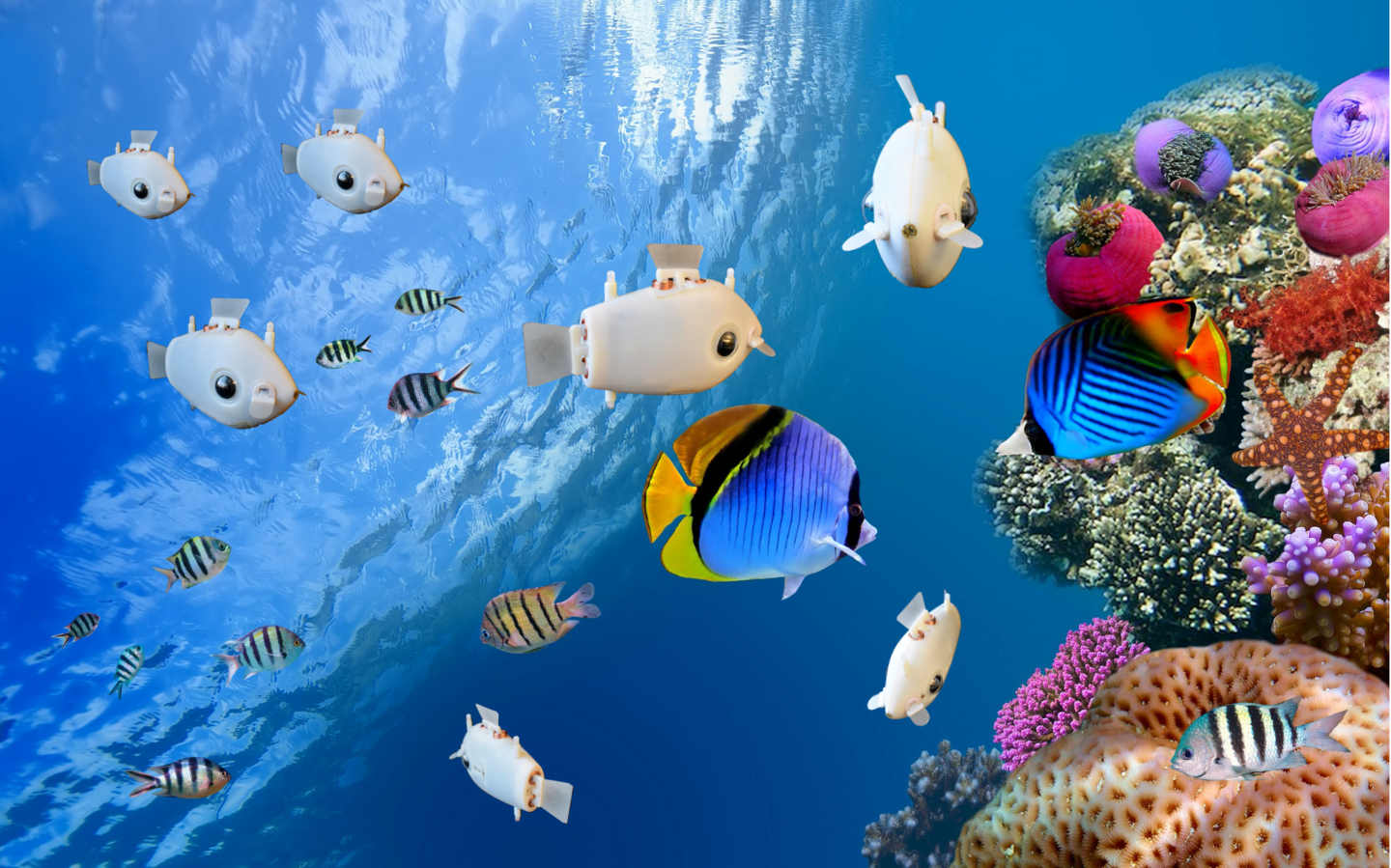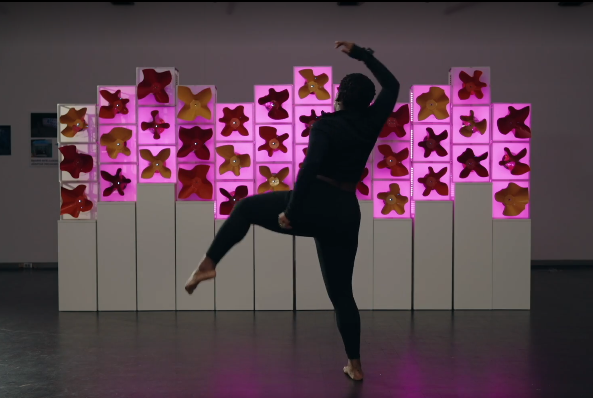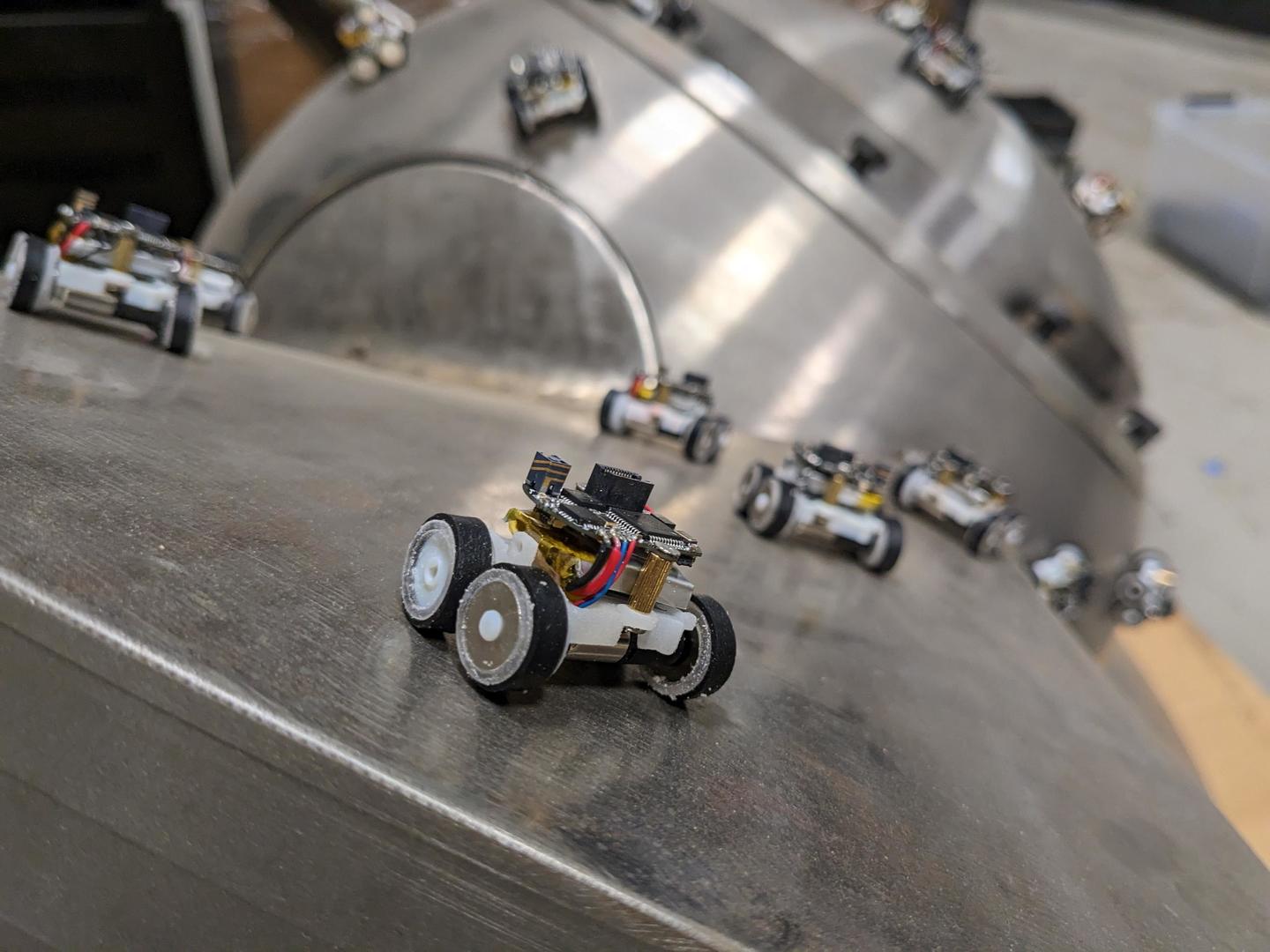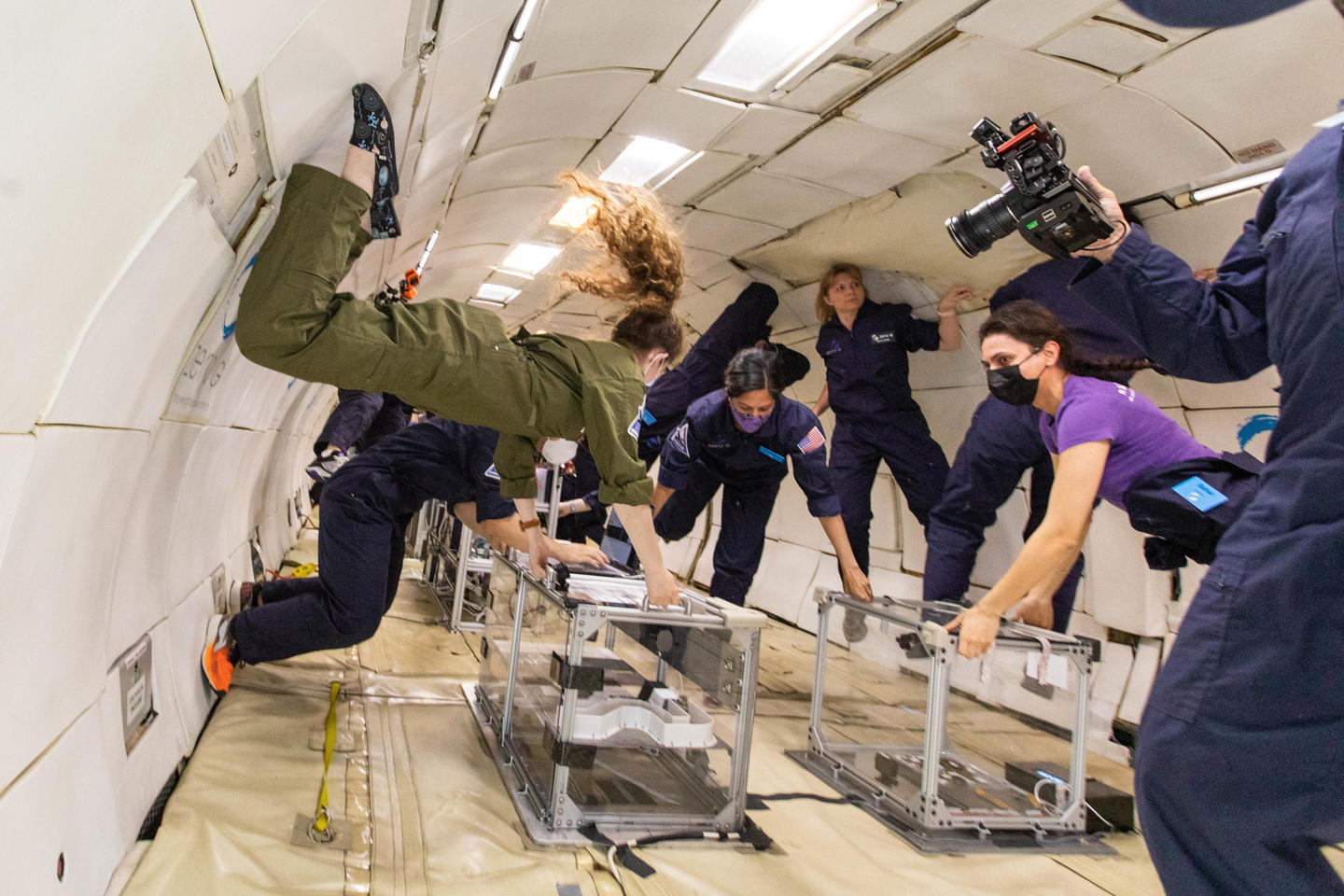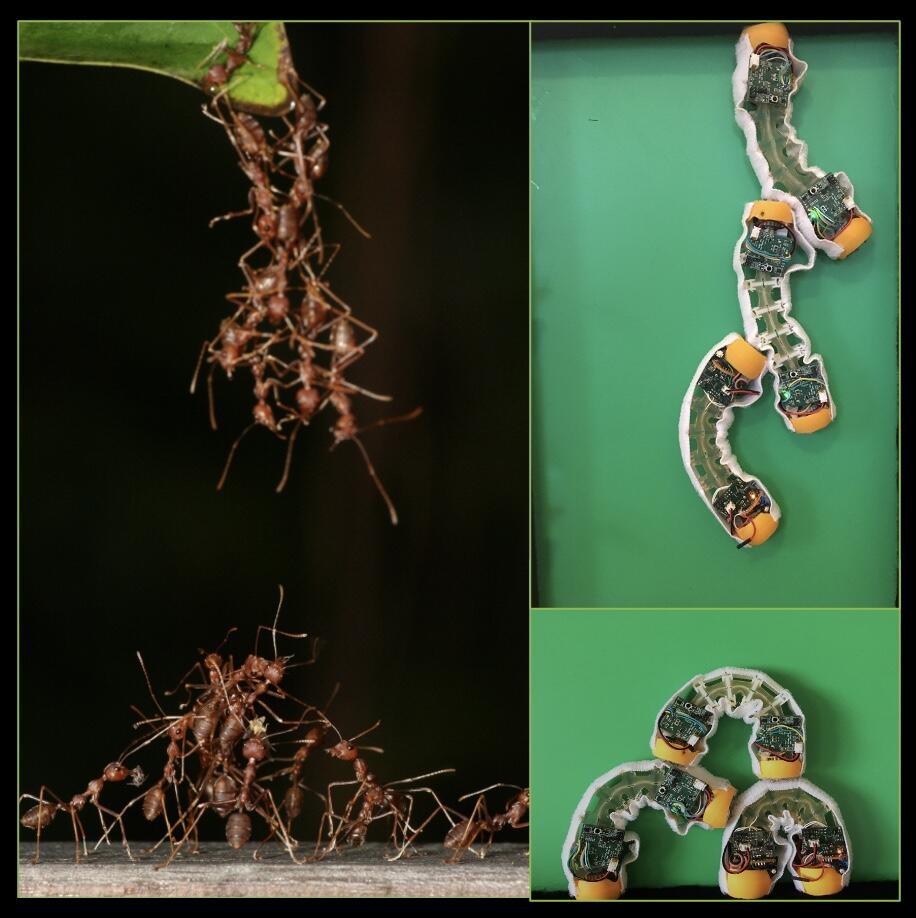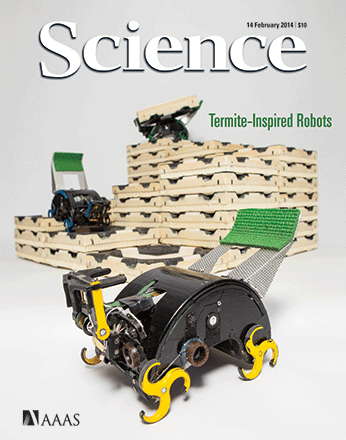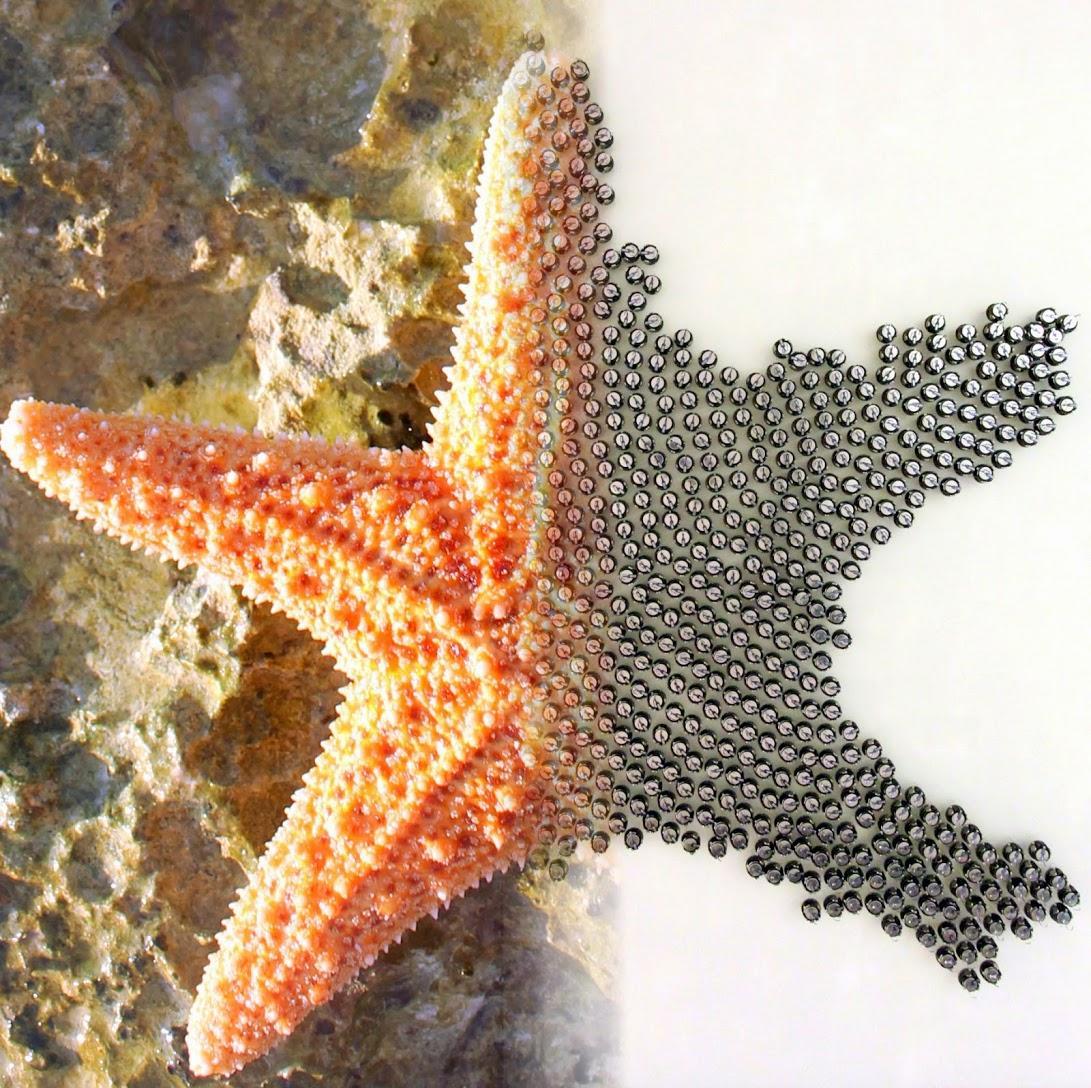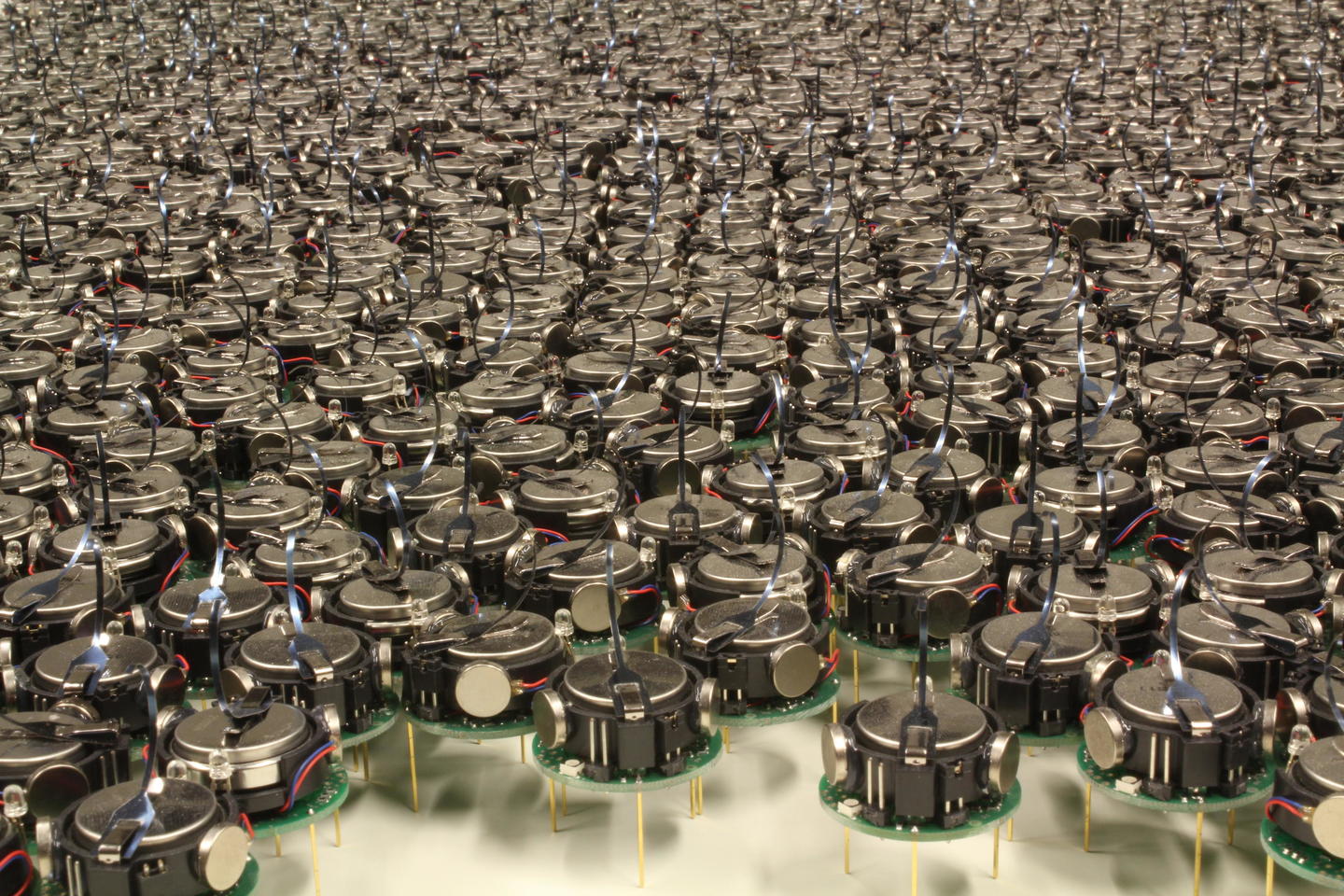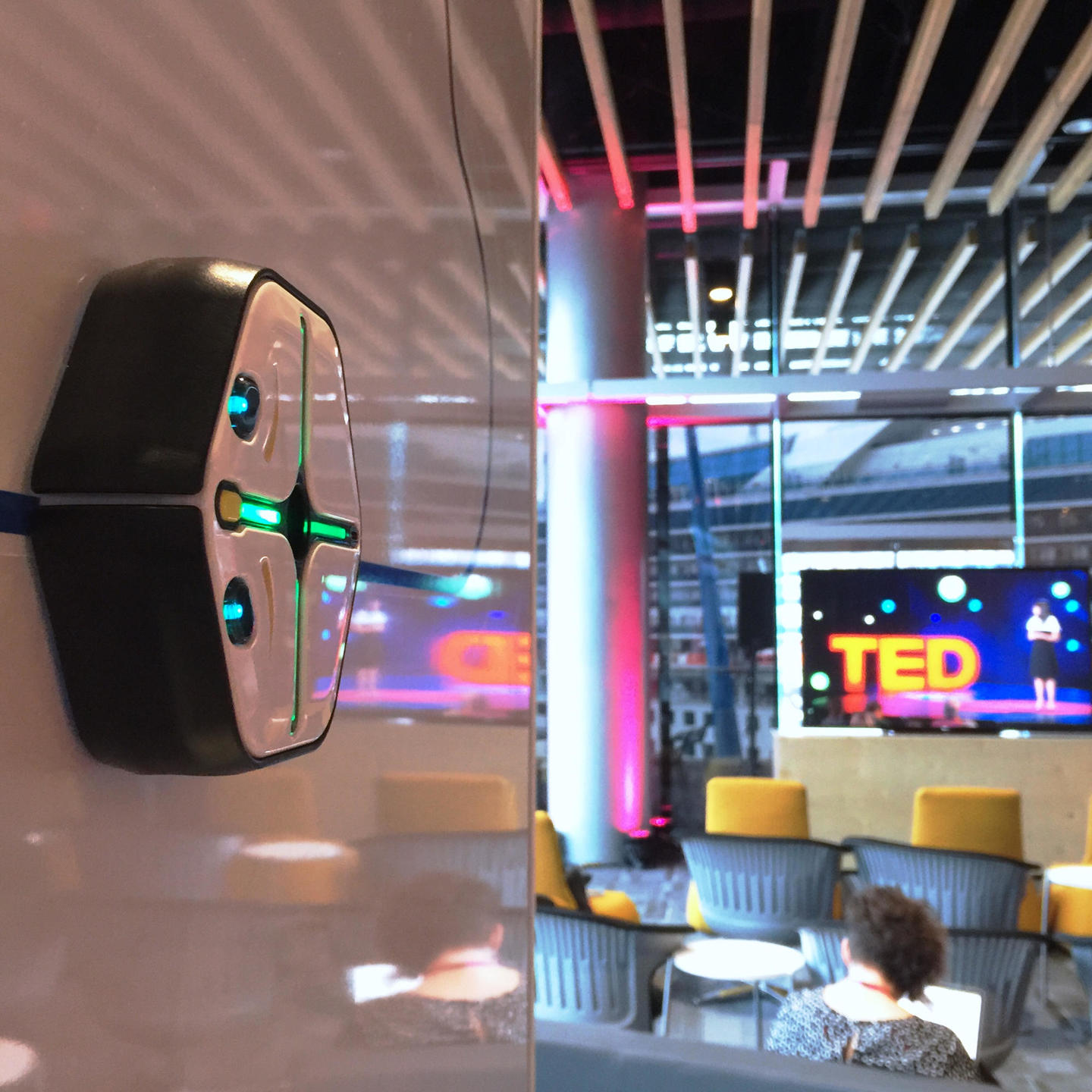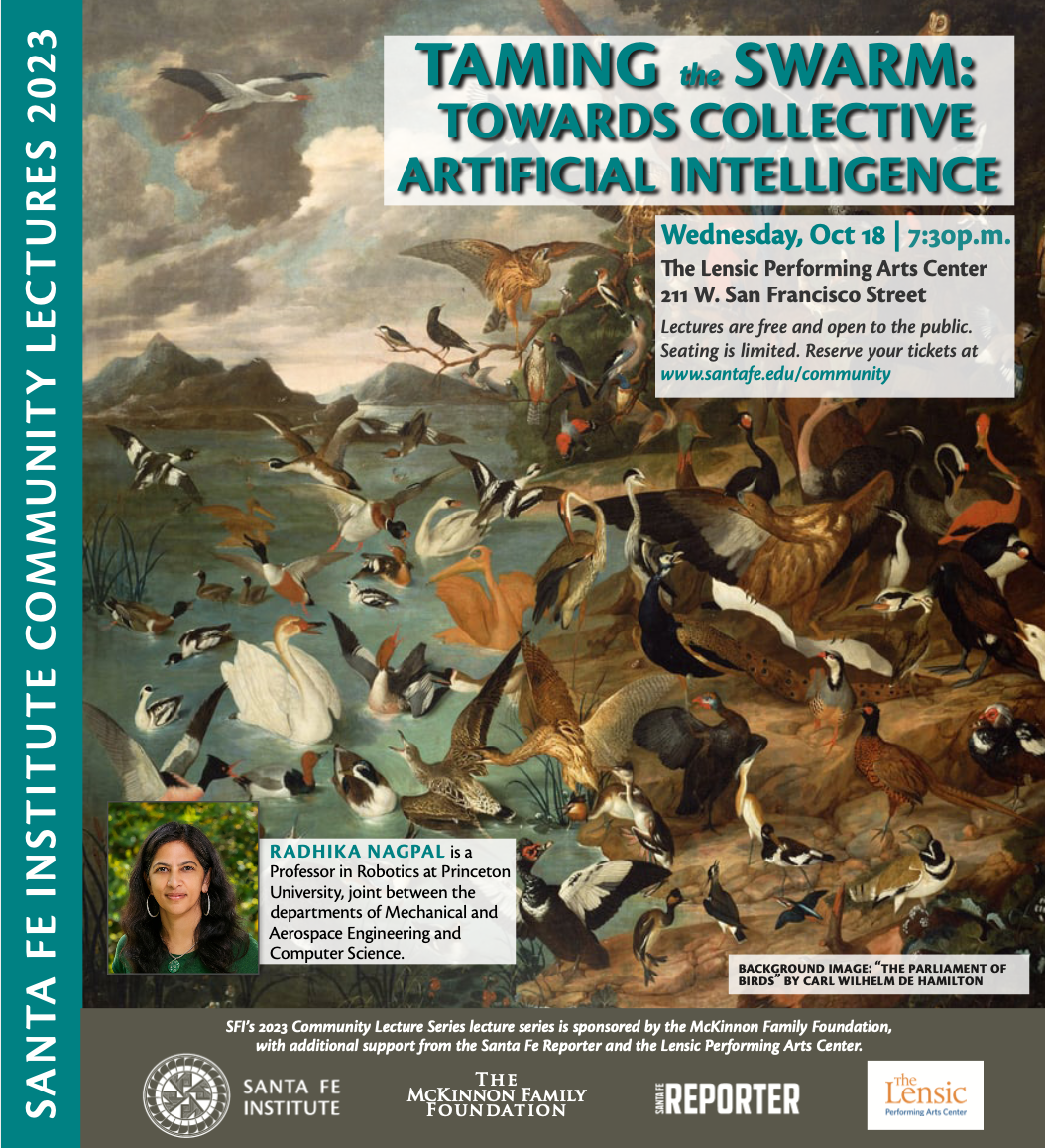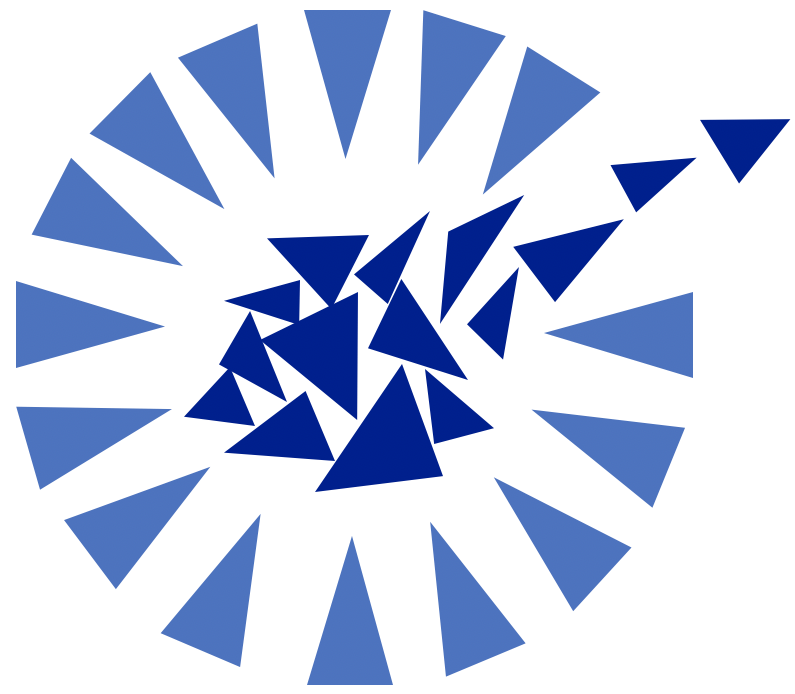Towards Collective A.I.
Intelligence is a social phenomenon - Maya Mataric, 1993.
The main theme of our lab is investigating Collective Intelligence, and we do it in many ways: robots and theory, bio-inspired and biology, and applications. You can read about the broad themes and current projects in our lab on this page. For further details, see Nagpal's IROS Plenary Talk (2022), our Youtube Channel, Selected Publications, and Lab Highlights.
Broad Themes
In nature, groups of thousands of individuals cooperate to create complex structure purely through local interactions -- cells, ants, bees, fish. How do we create artificial collectives of the scale and complexity that nature achieves? Our group is interested in robotics and self-organization, where large numbers of relatively simple agents cooperate to produce complex collective behavior. Our work spans Robotics, AI, Biology and has three main themes:
Bio-inspired Robots & Swarms: We develop bio-inspired approaches for building and programming novel robotic systems that rely on large numbers of relatively cheap and simple agents, We are especially interested in the body-brain-colony design space and in embodied intelligence, i.e. how exploiting mechanical intelligence and collective intelligence together can enable novel autonomous robots for new tasks and environments. Topics of interest include: underwater robot swarms, space inspection robots, architecture & swarms, soft climbing robots, etc. Our lab is known for several robotic systems: the Kilobot thousand robot swarm, the BlueSwarm underwater robot swarm, the Termes collective construction robots, the Eciton robotica soft self-assembly robots, and the ROOT educational robot (iRobot).
Collective AI: We explore multi-agent AI models, algorithms, and theory inspired by self-organization in biology, e.g. cells, social insects, and fish schools. We investigate biological principles for decentralized coordination, novel communication strategies (e.g. stigmergy, implicit, tactile), and local2global complexity (achieving more than the sum of the parts). Our current algorithmic work is done in close conjunction with experimental robotics or biology, but in the past we also investigated abstract systems. Our group is especially known for demonstrating global-to-local compilation, i.e. how user-specified global goals can be translated into decentralized local agent interactions with correctness guarantees,
Biological Collectives: We develop mathematical and experiment-driven models of how system-level properties emerge in natural collective systems. We work closely with experimental biologists, and conduct field studies. Our previous work focused on epithelial tissues in fruit fly development, relating local cell divisions to global tissue networks. Our recent work focused on social insects and "physical" collective intelligence, e.g. army ant self-assembly, collective transport in crazy ants, and mound-building termites. We are currently working on fish schools, studying implicit coordination and hydrodynamic interactions.
Current Research Projects
BLUEniverse
Fish schools are amazing! Thousands migrate long distances, forage together in cluttered coral reefs, and create flash expansions to evade predators. Fish-inspired underwater swarms can enable less-invasive environmental monitoring in sensitive coral reefs, and advance our understanding of fish school biology. Our lab is interested in both fish-inspired robot designs and natural fish schooling behavior. Our first robot platform is BlueSwarm (SciRob'21), a novel 3D underwater swarm with 10 fully-autonomous miniature bluebot robots (~13cm) with 3D vision and 3D multi-fin maneuverability. We use Blueswarm to investigate and demonstrate the power of implicit coordination, demonstrating for the first time a wide range of algorithms from flocking and evasion to diamond formations underwater. More recently we are working on two new designs: BlueKoi (~25cm) and BlueGuppy (~5cm). The goal of the BlueKoi project is to eventually operate in coral reef environments, using a more powerful tuna-inspired actuation (tunabot flex). In the BlueGuppy project we are creating miniature underwater robots to explore the physics of fluidic stigmergy. Finally we are also working with biologists to track 3D fish schools and understand self-organization over long durations in flow.
Selected Pubs: Science Robotics 2021, ICRA 2022, DARS 2024
Swarm Gardens & Architectures
Living architectures, like plants and beehives, constantly adapt and self-organize in response to their environment. Our Swarm Architectures project is a collaboration between roboticists and civil engineers, to investigate how swarm intelligence and adaptive mechanical designs can create "Living-like" architectures that invoke nature and promote well-being. Our first demonstration is The Swarm Garden, a human-scale swarm facade consisting of a network of 35 "flower" modules that mechanically and collectively respond to light, motion, and people. We held our first public exhibit at the Lewis Arts Complex on April 9, 2024. Over 100 visitors interacted with the Swarm Garden and attended a live performance where a dancer used a wearable to improvise choreography with the swarm. We are exploring many concepts within this testbed: people-swarm interaction, adaptive shading mechanisms and facade designs, reconfigurable architecture, and the art-engineering intersection.
Selected Videos: SEAS News, CreativeX
3D Inspection for Earth and Beyond
Imagine a future where small robotic teams roam our infrastructure – bridges, pipelines, buildings, satellites, and lunar gateways - detecting problems promptly, such as leaks and cracks. Teams of robots offer many advantages for inspection, including high parallelization, resilience to failure, and potentially low unit cost. In this project, our group is investigating 3D inspection using swarms of climbing robots that traverse metal structures. We are interested both in the physical challenges of climbing and coordination in 3D, as well as algorithms for more-than-the-sum swarm productivity through cooperation. Our new hardware testbed consists of 10 miniature Rovable robots that use magnetic wheels to traverse 3D metal structures. We tested various robots in microgravity ZeroG flights (with MIT/Aurelia, NASA REDDI 2021). Currently we are exploring a new class of swarm algorithms called "strategic sacrificing", that self-optimize high group productivity through role switching.
Selected Pubs: ANTS 2022, ICRA 2024, DARS 2024
Past Projects
Blue Swarm: A 3D Swarm of Biologically-inspired Little Underwater Explorers, inspired by and informing fish school biology (Science Robotics 2021, ICRA 2021, BioBio 2021)
Eciton & Robots: Soft Climbing Robots, Adaptive Self-Assembly, and Army Ant Bridges (IROS 2017, ICRA 2020, Nature Comms 2022)
Kilobot 10^2 Swarm: The first Thousand Robot Swarm, algorithms for programmable self-assembly and collective decision-making (Science 2014, DARS 2016, AAMAS 2017)
Termes Robots: 3D Collective Construction by Climbing Robots, Stigmergy Algorithms, and Termites (Science 2014, ICRA 2014, AD 2017)
Educational Robots: Root Robotics (acquired by iRobot, 2019) and more.
Biological Swarms: Army Ant Bridges and Hysteresis (Nature Comms 2022), Collective Transport in Crazy Ants (JEB 2016), Multicellular Topology (Nature 2006)
Robobees: Colony-level coordination for swarms of aerial vehicles (Scientific American 2013, IROS 2012)
Modular Self-Adaptation: Modular robots and soft orthotics that adapt to the environment (IJRR 2010, IROS 2011)
Self-Organizing Sensor Networks: Firefly-inspired Synchronization and DESYNChronization (Sensys 2005, IPSN 2007)
Amorphous Computing: Global-to-local compilers for self-assembly, Origami robotics, and Global-to-Local Theory (CACM 2000, AAMAS 2002, AAMAS 2008)
